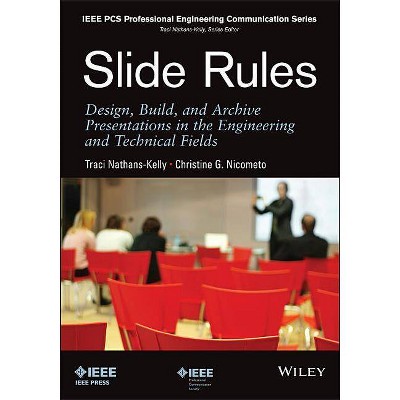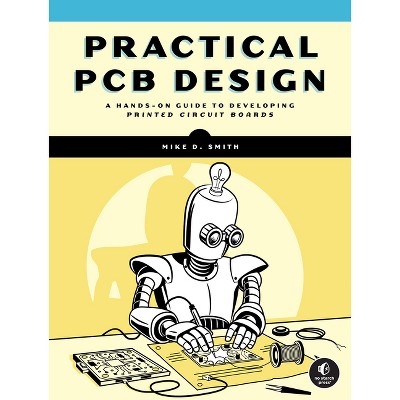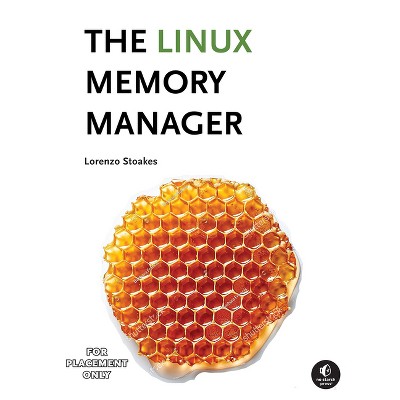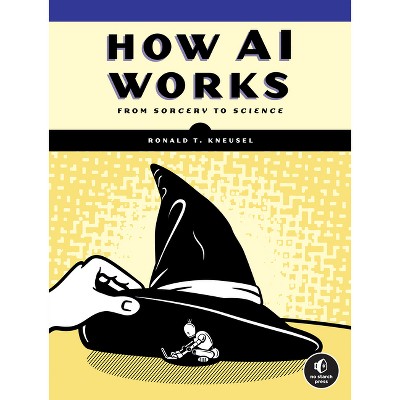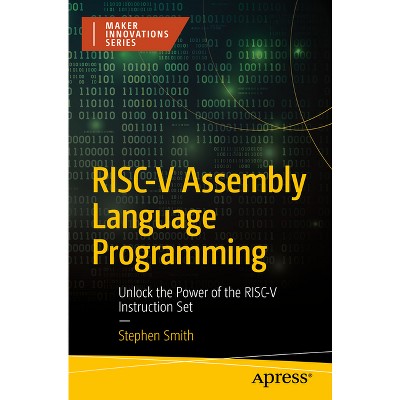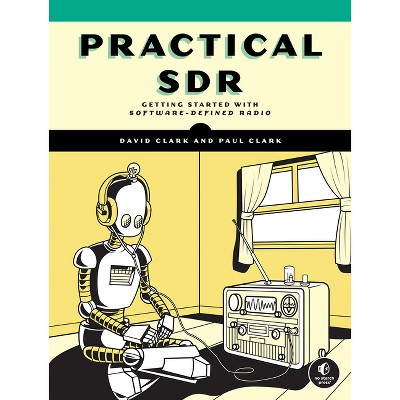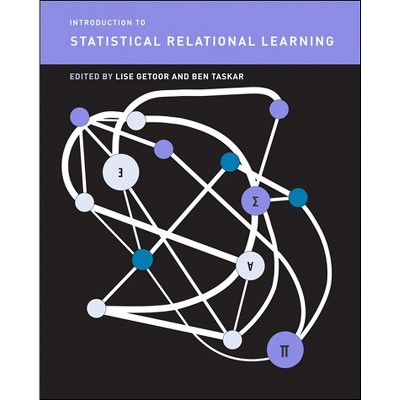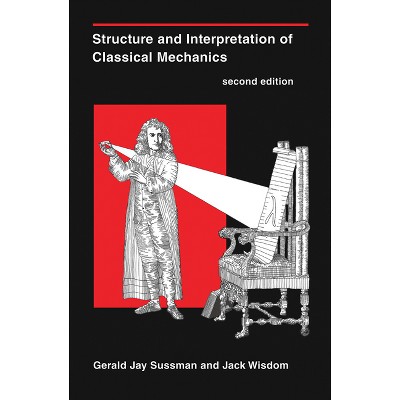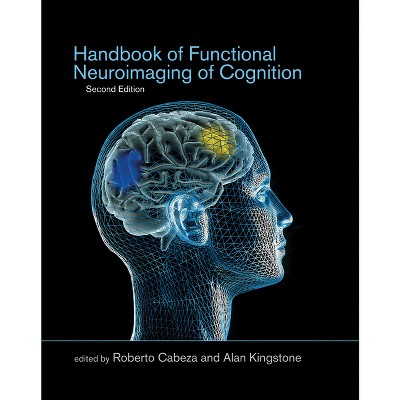Sponsored

Introduction to Embedded Systems, Second Edition - 2nd Edition by Edward Ashford Lee & Sanjit Arunkumar Seshia (Paperback)
In Stock
Sponsored
About this item
Highlights
- An introduction to the engineering principles of embedded systems, with a focus on modeling, design, and analysis of cyber-physical systems.The most visible use of computers and software is processing information for human consumption.
- About the Author: Edward Ashford Lee is Distinguished Professor (Emeritus) in Electrical Engineering and Computer Sciences at the University of California, Berkeley, where he runs iCyPhy, a research center focused on industrial cyber-physical systems.
- 568 Pages
- Computers + Internet, Computer Science
Description
About the Book
An introduction to the engineering principles of embedded systems, with a focus on modeling, design, and analysis of cyber-physical systems.Book Synopsis
An introduction to the engineering principles of embedded systems, with a focus on modeling, design, and analysis of cyber-physical systems.The most visible use of computers and software is processing information for human consumption. The vast majority of computers in use, however, are much less visible. They run the engine, brakes, seatbelts, airbag, and audio system in your car. They digitally encode your voice and construct a radio signal to send it from your cell phone to a base station. They command robots on a factory floor, power generation in a power plant, processes in a chemical plant, and traffic lights in a city. These less visible computers are called embedded systems, and the software they run is called embedded software. The principal challenges in designing and analyzing embedded systems stem from their interaction with physical processes. This book takes a cyber-physical approach to embedded systems, introducing the engineering concepts underlying embedded systems as a technology and as a subject of study. The focus is on modeling, design, and analysis of cyber-physical systems, which integrate computation, networking, and physical processes.
The second edition offers two new chapters, several new exercises, and other improvements. The book can be used as a textbook at the advanced undergraduate or introductory graduate level and as a professional reference for practicing engineers and computer scientists. Readers should have some familiarity with machine structures, computer programming, basic discrete mathematics and algorithms, and signals and systems.
About the Author
Edward Ashford Lee is Distinguished Professor (Emeritus) in Electrical Engineering and Computer Sciences at the University of California, Berkeley, where he runs iCyPhy, a research center focused on industrial cyber-physical systems. He is the author of Plato and the Nerd (MIT Press) and other books. Sanjit A. Seshia is a Professor in the Department of Electrical Engineering and Computer Sciences at the University of California, Berkeley.

